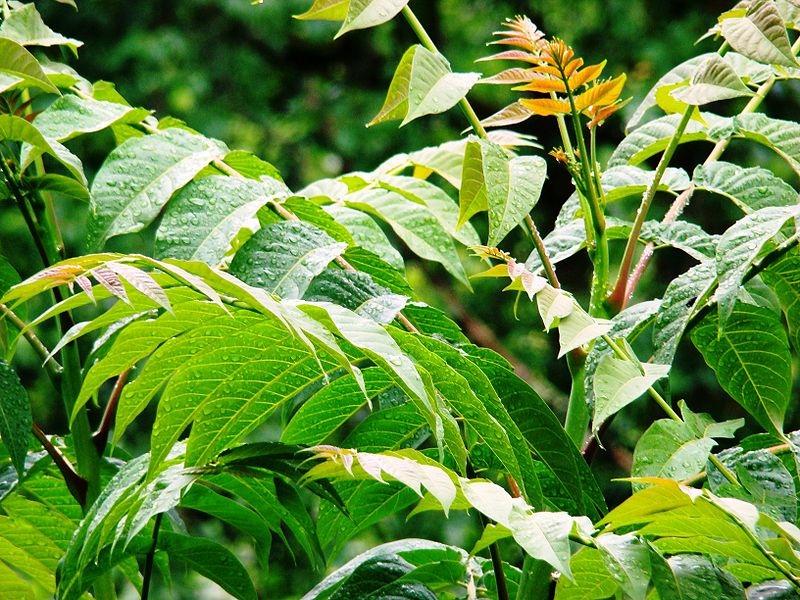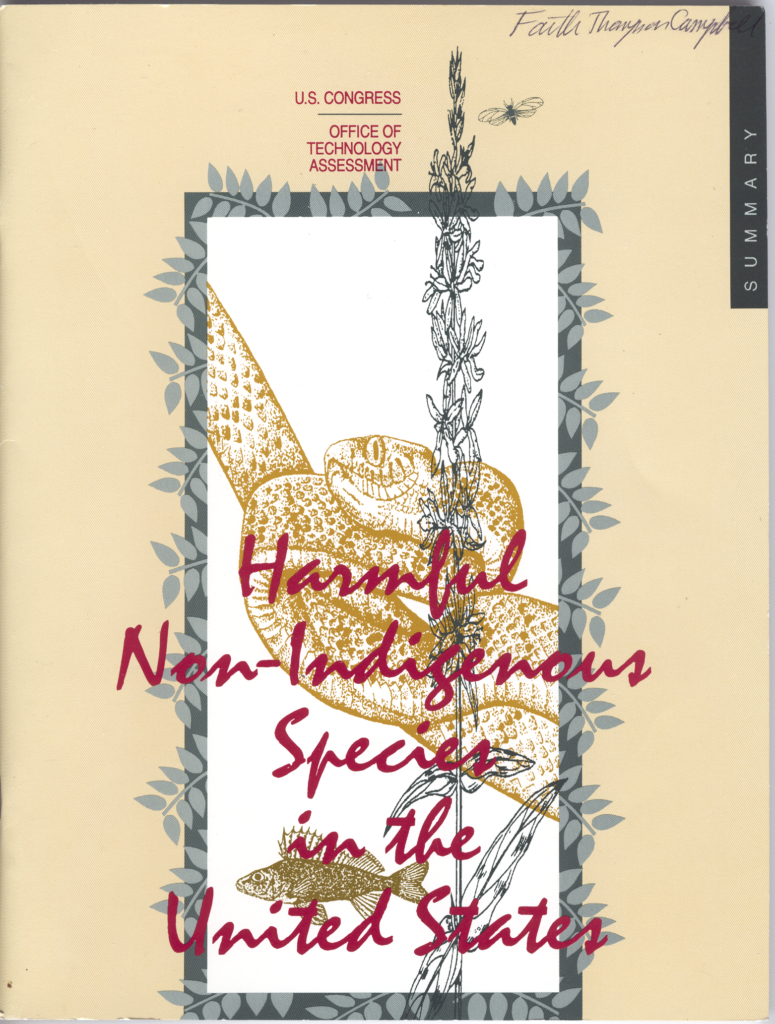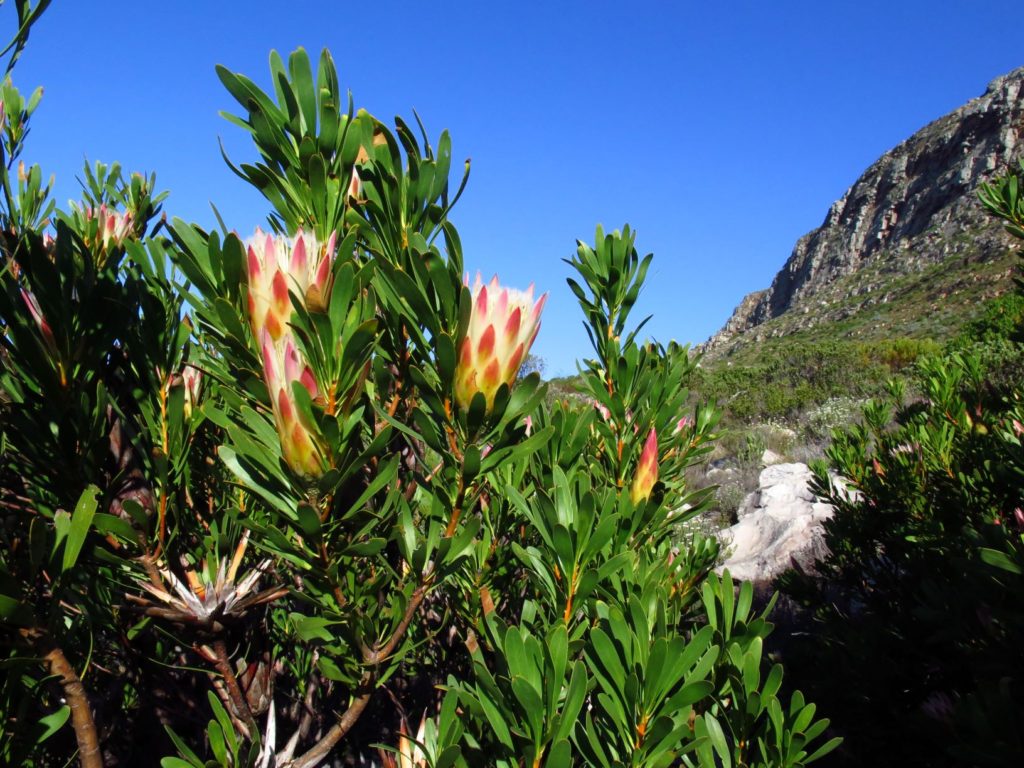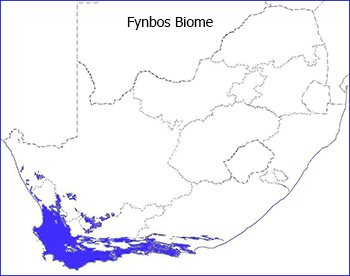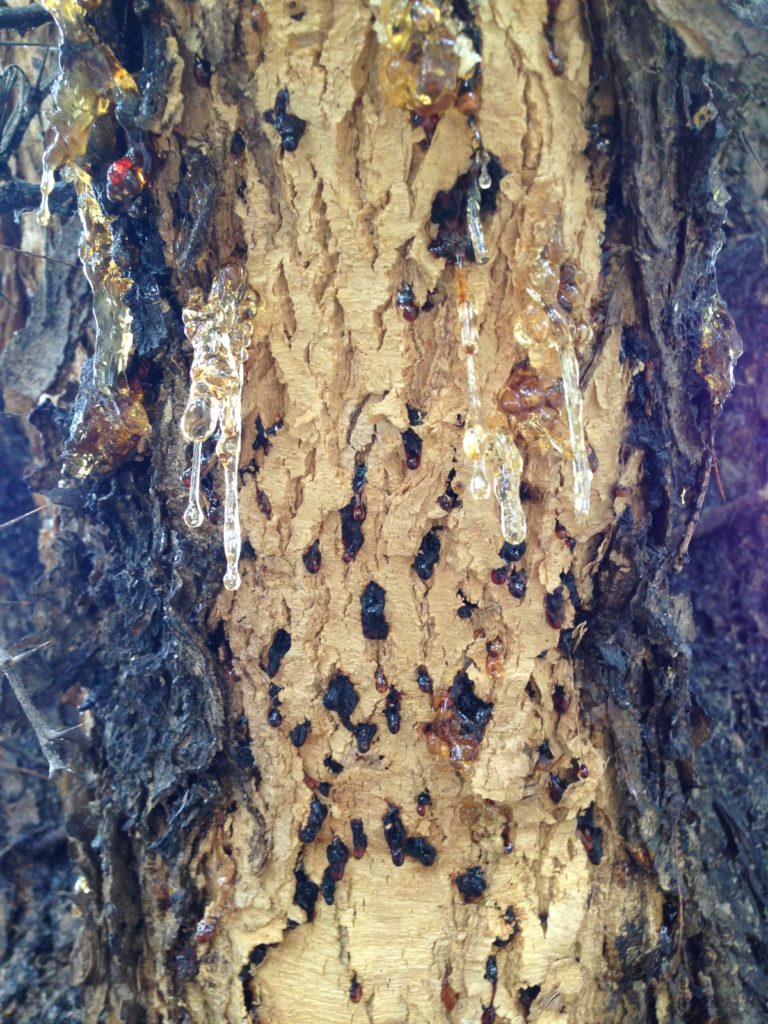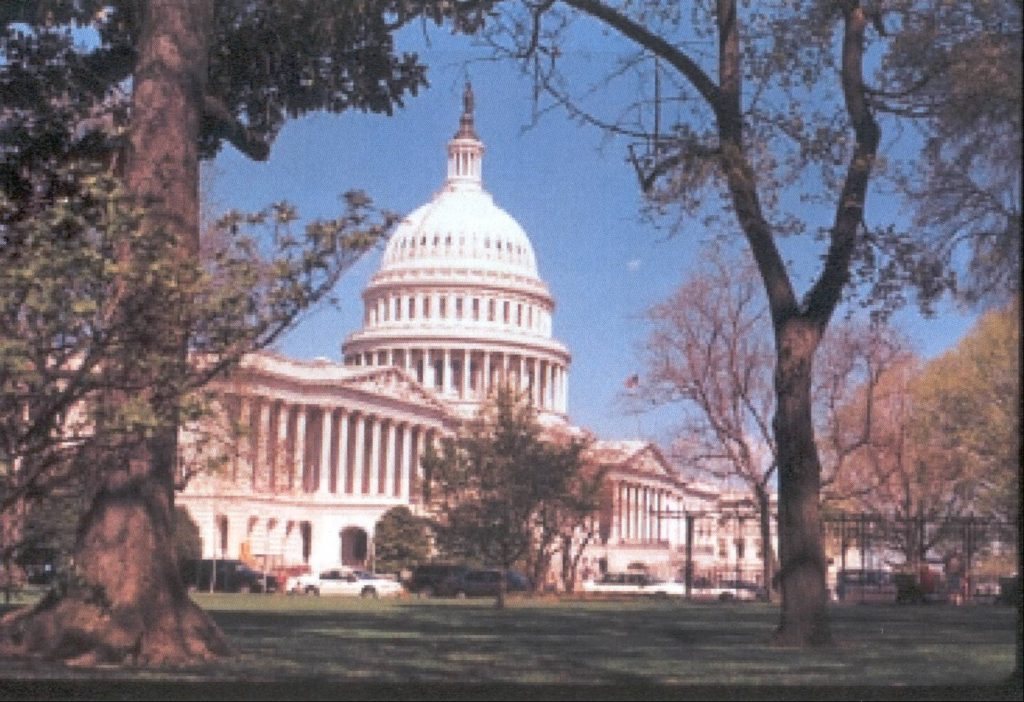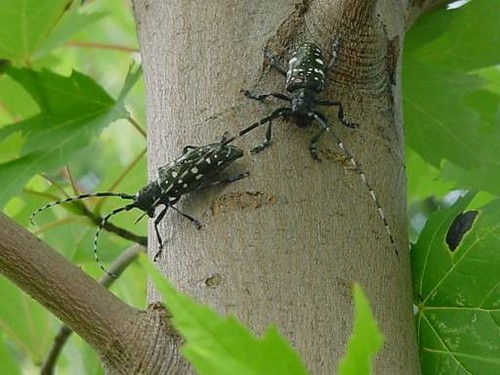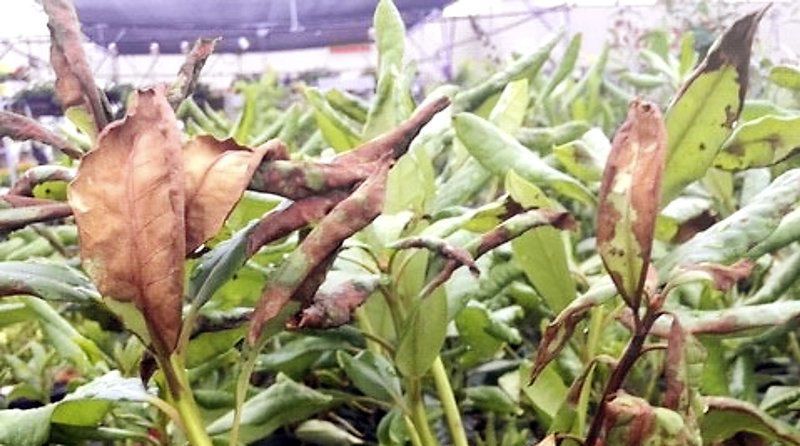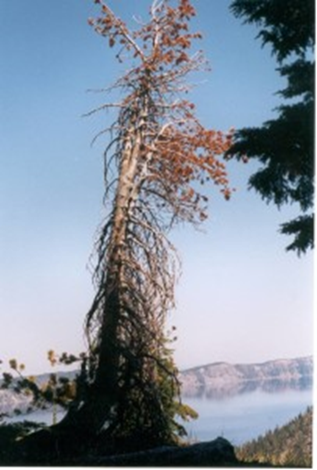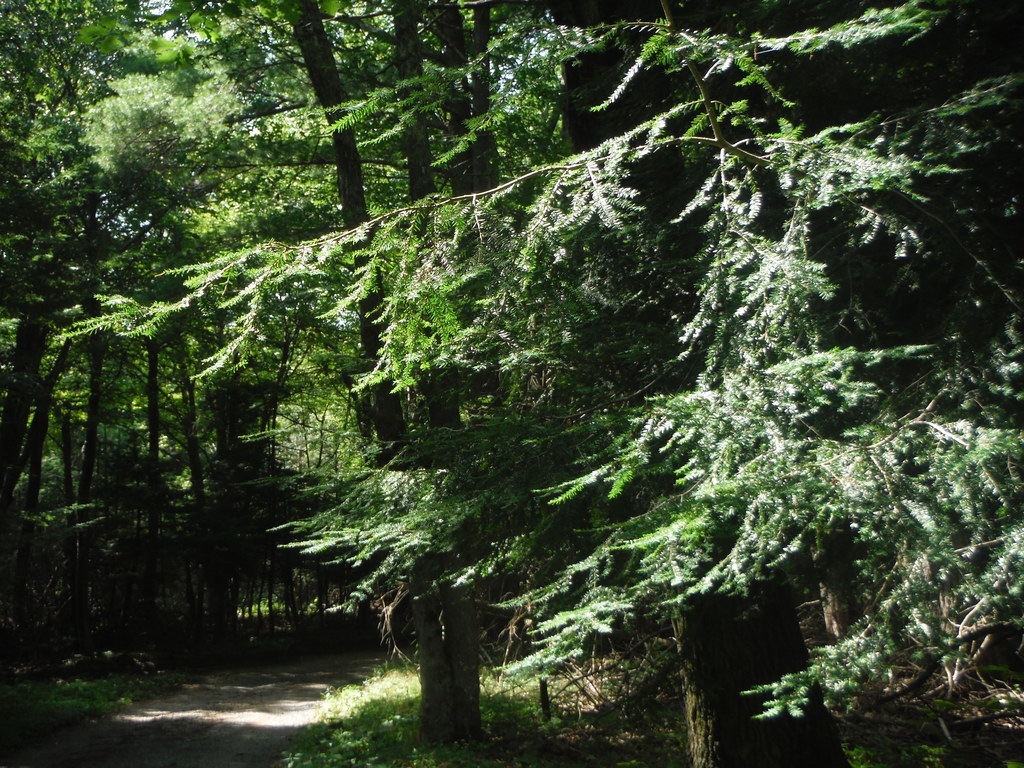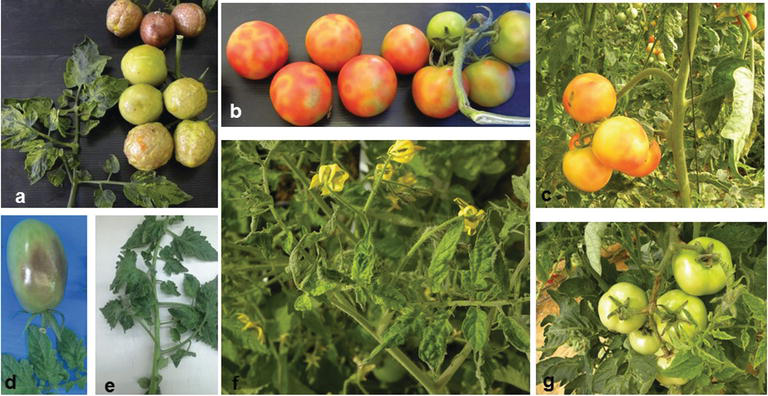
The US Department of Agriculture (USDA) is making efforts to strengthen pest prevention by setting up “early warning” systems. As part of this effort, the USDA-funded regional Integrated Pest Management Center in Raleigh, NC, has published a review of existing systems. These are intended to inform national phytosanitary agencies, such as APHIS, about pest species that might pose a threat to natural or agricultural resources. The ultimate goal is providing information that empowers the agency to enact effective preventive measures. [Noar et al. 2021. A full reference to the study is posted at the end of this blog.]
The review looked at six early warning systems’ goals, as well as their procedures for obtaining and disseminating information about potential threats. With one exception, these systems focus on plant pests.
The review did not undertake a rigorous analysis of the various programs’ efficacy.
The article points to the high economic costs associated with invasive plant pests. As a consequence of the huge volume of international trade – which is the principal vector of plant pests’ introduction – national phytosanitary agencies need information on which pests are moving most frequently, and on what commodities, so they can target the most risky pathways. The early warning systems are intended to do this before the pests are introduced to a new region. The several systems use different methodologies and criteria to identify such potential pests. They also are intended to raise awareness about high risk pests and pathways – but for different audiences.
Several of the early warning systems were set up and are managed by national phytosanitary agencies or their regional organizations. These include PestLens and the EPPO and NAPPO alert systems (described below). The article notes that these systems usually do not report diseases for which the causal agent has not been identified, because identification of the pathogen species is typically necessary before regulations can be adopted – and these are regulatory organizations. The authors do not analyze whether this constraint reduces the systems’ ability to provide timely warnings.
1. PestLens
PestLens is an early warning system set up by APHIS. It therefore focuses on pests that might become quarantine pests – that is, subject to regulation under terms of the Plant Protection Act. Such pests must pose a defined threat to US agricultural and natural resources. PestLens monitors more than 300 sources, including scientific journals, reports from national phytosanitary agencies, Google alerts, newspapers, e-mail lists and other plant-health-related websites. PensLens staff evaluate the information for relevance to APHIS based on: a) whether the information is new to APHIS; b) whether the plant pest is of quarantine significance to the US; c) its potential economic impact if introduced; d) the likelihood of a pathway for introduction; and e) the likelihood that action by APHIS might be needed to prevent its introduction. Information considered relevant includes indication that a pest is associated with a previously unknown host, has been detected in a new location, or has been eradicated from a country. The information has not necessarily been confirmed by the country (warning included in PestLens notices).
When the PestLens criteria are met, the analysts write a brief article including the new information and any existing background, such as previously known host range and distribution. These articles are compiled into a weekly e-mail notification sent to PPQ employees and thousands of other subscribers. They are also archived on the PestLens website. APHIS staff evaluate the information and make decisions as to whether some regulatory action is appropriate.
I am puzzled because some of the five criteria appear to require a pest risk analysis. Pest risk analysis is a complex task that I do not believe PestLens is equipped to carry out – certainly not as quickly as is required by an alert system.
Update
A review of PestLens (Meissner et al. 2015; full citation at end of the blog) describes the system more fully. It found that during the period October 2012 – October, 2014, 73% of PestLens articles were based on articles in scientific journals; 17% on federal, state, or regional governmental sources; 8% fon news media sources; and 3% on other sources. The principal government pest reports used were from the web sites of IPPC, EPPO & NAPPO.
The majority of PestLens articles reporting new locations, interceptions, and new hosts came from journals. New pest descriptions, new reports of an organism as a pest, and articles on research of interest came exclusively from journals. Articles on pest detections, outbreaks, and eradications came largely from government sources.
Meissner et al. analyzed APHIS’ response to PestLens notices. They said that certain APHIS actions, such as the implementation of official control programs, initiation of research activities, or the formation of specliazed task groups were not captured in this analysis. They found that over a ten month period in 2014, APHIS used the PestLens notices to update its pest databases 350 times; updated pest datasheets or pest profiles on the PPQ website 16 times; evaluated a pest’s regulatory status (e.g., prepared a risk assessment) 11 times; and revised its regulations 4 times.
Meissner et al. consider that it is vital to maintain up-to-date databases, especially regarding pest host and distribution ranges. Another benefit from the PestLens system is a set of metrics to improve accountability, for example identifying duplication of efforts and providing permanent records of when actions are taken (or declined) and the rationale.
2. EPPO Alert List and EPPO Reporting Service
The European and Mediterranean Plant Protection Organization (EPPO) has 52 member countries stretching from Russia and Uzbekistan to Spain, Algeria, and Morocco, and including their off-shore islands. EPPO maintains a pest Alert List of species chosen by the EPPO Secretariat based on the scientific literature and suggestions by member’s phytosanitary agencies. Factors leading to a listing include newly described pests, reports of spread to new geographical locations, and reports of major outbreaks in the EPPO region. Each listed pest has a fact sheet which contains known hosts and distribution, the type of damage, the mode of dissemination, and potential pathways for spread. Some pests are selected for pest risk analysis (PRA). Once the PRA is completed, the pest might be placed on the EPPO A1/A2 lists, which are species recommended for regulation by the member states. Pests not selected for PRA stay on the EPPO Alert List temporarily, typically three years, then their information is archived.
The EPPO Secretariat also publishes a monthly Reporting Service newsletter, which details phytosanitary events that might threaten the EPPO region, including both officially designated quarantine pests as well as emerging ones. Information includes new hosts, new geographical locations, new pests, and new identification and detection methods.
3. NAPPO Phytosanitary Alert System
The North American Plant Protection Organization (NAPPO) comprises Canada, the United States and Mexico. It has a web-based alert system that provides official pest reports from member countries. NAPPO also puts out Emerging Pest Alerts that contain news about plant pests and pathogens not established in this region. Sources are public, including scientific journals, newspapers, records from port interceptions, and domestic plant pest surveys. Generally NAPPO does not confirm its reports with the corresponding country’s phytosanitary agency.
4. IPPC Pest Reports
The International Plant Protection Convention (IPPC) has been ratified by more than 180 countries. The member countries’ phytosanitary agencies submit official pest reports concerning the occurrence, outbreak, spread, or eradication of organisms that are quarantine pests in that country or for neighboring countries and trading partners. These pest reports are posted on the IPPC website.
5. International Plant Sentinel Network
The International Plant Sentinel Network is a collaboration between the National Plant Diagnostic Network (NPDN) and the American Public Gardens Association. It is funded through cooperative agreements with APHIS under Section 10007 of the Farm Bill (Now Plant Protection Act §7721.) Launched in 2010, it has now grown to include more than 300 gardens across North America (information from the website).
The underlying premise is based on biogeography: plant-associated insects, fungi, and other pathogens introduced to plants that did not co-evolve with them (naïve plants) might cause unexpected damage. Since arboreta and botanical gardens cultivate many plant taxa outside their native range, they present an opportunity to observe new pest-host associations and the level of damage caused. Pests attacking native plants in North American botanical gardens might constitute “early detection” of a pest already in the country rather than a warning before the pest is introduced. Still, early detection is valuable.
6. ProMED
The Program for Monitoring Emerging Diseases (ProMED) is a program of the International Society for Infectious Diseases (ISID). ProMED was launched in 1994 as an Internet service to identify unusual health events related to emerging and re-emerging infectious diseases and toxins affecting humans, animals and plants. It focuses on outbreaks in new geographic regions, newly described diseases, and diseases for which the causal agent is unknown. By its own estimation, ProMED is the largest publicly-available system conducting global reporting of infectious diseases outbreaks (information from the website). ProMED maintains several e-mail lists that disseminate information pertaining to disease outbreaks; subscribers can choose among lists to fit their areas of interest and their geographic region. ProMED has a much broader scope than the other early warning systems. Also, it uses informal and nontraditional sources, including local media, on-the-ground experts, and professional networks.
Stakeholders can access much of the information on these websites and use them to report findings of new alien species to phytosanitary agencies.

Gaps
The review of early warning systems has disappointing gaps. First, I am puzzled that the authors looked only at the U.S.-based sentinel gardens effort and did not consider a parallel international network. The International Plant Sentinel Network was established in 2013. It is coordinated by the Botanical Garden Conservation Initiative, headquartered at Kew Gardens, United Kingdom. At present, 67 gardens and arboreta are participating; they are located in China, Australia and New Zealand, South Africa, South America, and Europe (including the Caucuses Mountains). After all, it is this international network that could inform APHIS about potential pests when they observe attacks on North American plants growing in their facilities. I confess that it is not clear to me whether participating gardens and arboreta would take the initiative to inform APHIS of pest attacks on North American plant species. It might be that APHIS would need to send inquiries to participants, probably focused on named pests. If these caveats are true, the network might not be a fully functional “early warning” body.
Update
Indeed, the USFS International Programs office is cooperating with the International Plant Sentinel Network to have some botanic gardens around the world monitor several North American species planted at their locations for disease and pest problems. In June 2021 the USFS sought suggestions from contacts on which North American tree species should be monitored. Candidates could be tree species of high economic, ecological, or urban/landscape value. The candidate list would probably be limited to 10 species. They should represent a diverse range of conifers and hardwoods.

Second, the articles authors make no mention of one of the principal sources of information on plant pests – CABI (Center for Agriculture and Bioscience International). CABI is a global source of information on organisms’ distribution. It is particularly strong in Commonwealth countries – which are important sources of plant material imported into the U.S.
Third, they apparently did not assess phytosanitary alert systems in place or anticipated in Australia, New Zealand, and South Africa. This is a significant gap since these countries are leaders on phytosanitary issues. They are also potential sources of damaging pests.
Most disappointing is the lack of analysis of programs’ efficacy and weaknesses. The only step in this direction is contrasting ProMED’s willingness to report diseases for which the causal agent is unknown. PestLens, EPPO, and NAPPO refuse to do this. We desperately need an analysis of the extent to which this narrow concept of the task limits the ability of these systems to provide early warnings.
At least several of the networks, including PestLens and NAPPO, do not limit themselves to information that has been confirmed by countries – which might be reluctant to admit the presence of a damaging organism on their turf.
I suggest that it would have been particularly instructive to analyze the reasons why Australia’s early warning efforts failed to detect introduction of the myrtle rust pathogen sufficiently early to facilitate eradication.
This review did discuss how several of the networks tracked the global movement of the Tomato brown rugose fruit virus (ToBRFV). The virus was first detected in Jordan in 2015; this was reported by PestLens in 2016. PestLens reported the virus had spread to Israel 2017. The NAPPO system then reported the virus in Mexico in 2018. The virus was detected in the United States in 2018, although difficulties in taking official samples and diagnosing the virus probably delayed awareness of this outbreak. APHIS restricted imports of tomato and pepper seed, transplants and fruits from countries where the virus was known to be present in November, 2019. Still, APHIS acted after the virus had been detected in the country. ToBRFV has continued to spread; it is now found in Asia, Europe, the Middle East, and northern Africa. I am not completely convinced that this episode illustrates successful utilization of early warning networks. Did the apparently tardy action by APHIS arise from overconfidence that the virus would be limited to the Middle East? Or is it attributable to rules which limit agency actions until official confirmation of the detection? Another actor might have been delay in proving that the virus was being spread by the international seed trade; international phytosanitary rules require agencies to define the introductory pathway before regulating.
I hope other scientists will undertake a more comprehensive analysis of early warning systems. We need our phytosanitary systems to be made as effective as possible. Further evaluation of current efforts would provide valuable insight.
[A separate article reporting on the international sentinel gardens network from a British perspective is Marfleet, K. and S. Sharrock. 2020. The International Plant Sentinel Network: an update on phase 2. The International Journal of Botanic Garden Horticulture.]
SOURCES
Meissner, H., J. Fritz, L. Kohl, H. Moylett, J. Moan, S. Emerine, and A. Kaye. 2015. PestLens: An early-warning system supporting U.S. safeguarding against exotic plant pests. Bull. OEPP 45: 304-310
Noar, R.D, C.J. Jahant-Miller, S. Emerine, and R. Hallberg. 2021. Early Warning Systems as a Component of IPM to Prevent the Intro of Exotic Pests. Journal of IPM, (2021) 12(1): 16; 1–7 doi: 10.1093/jipm/pmab011
Posted by Faith Campbell
We welcome comments that supplement or correct factual information, suggest new approaches, or promote thoughtful consideration. We post comments that disagree with us — but not those we judge to be not civil or inflammatory.
For a detailed discussion of the policies and practices that have allowed these pests to enter and spread – and that do not promote effective restoration strategies – review the Fading Forests report at http://treeimprovement.utk.edu/FadingForests.htm
